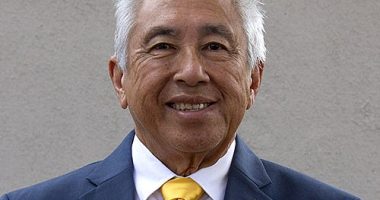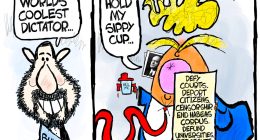Meta CEO Mark Zuckerberg sat down for an interview with podcaster Lex Fridman which has been published as a video showing the real situation (two men sitting in conference rooms, probably in different cities in the US), a computer model of each of them and a photorealistic avatar which they each are seeing while wearing the Meta Quest Pro headset.
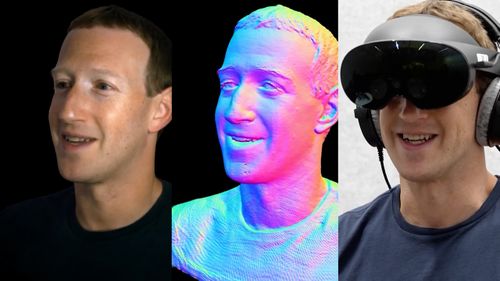
Zuckerberg told Fridman that through tests of these remote interactions, Meta “got some feedback that people have a hard time with the fact that the avatars are so expressive and don’t feel as realistic in that environment. So I think something like this could make a very big difference for those remote meetings.”
The “this” he refers to is the process and situation Fridman and Zuckerberg were experiencing.
To make this happen, both men had to undergo detailed computer scanning at a facility in Pittsburgh.
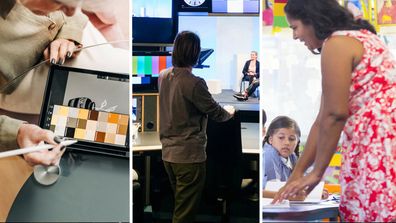
The jobs at most risk of being replaced by AI
Data from that is then used by the Meta Quest headsets, along with sensors and cameras inside and outside the headset to take what you are expressing with your mouth, eyes and eyebrows and represent it to the person or people at the other end of the Metaverse or conference call experience as a photorealistic version of you.
Within the podcast, Fridman was able to publish very clear side-by-side representations of Zuckerberg and himself wearing the headset, the compute model of them, and the photorealistic version being seen by the other person.
It is quite possibly the most advanced demonstration of the future of remote connection and the Metaverse.
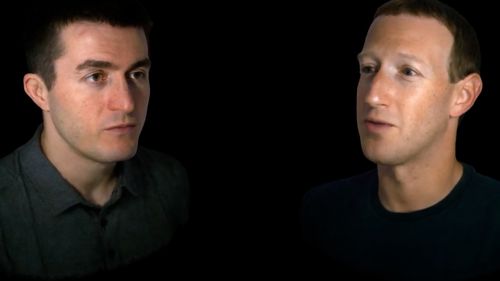
They are regarded as critical areas, with tech giant Apple setting up to enter the space early next year with their Vision Pro headset.
The future, according to Zuckerberg, could see us doing this all ourselves using the technology we hold in our hands.
“The goal, and we have a project that’s working on this already, is just to do a very quick scan with your cell phone where you just take your phone, kind of wave it in front of your face for a couple of minutes, say a few sentences, make a bunch of expressions, but overall, have the whole process just be two to three minutes and then produce something that’s of the quality of what we have right now.”


